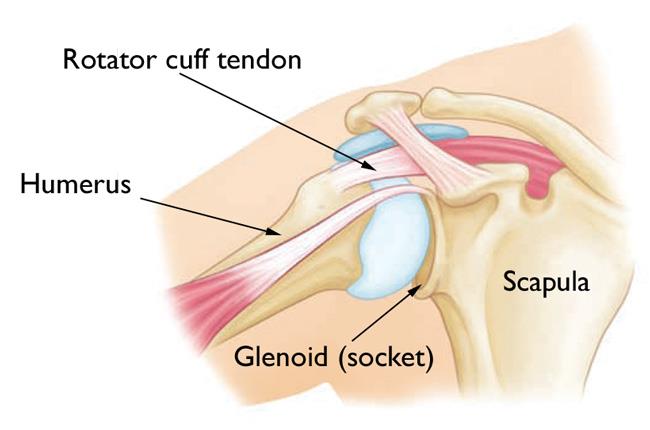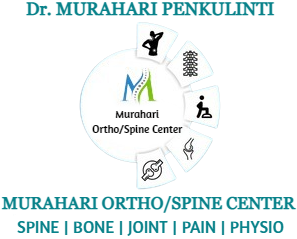Shoulder Replacement Surgery
Shoulder Replacement Surgery
Shoulder Replacement Surgery, which people sometimes call “swimmer’s shoulder,” is a condition that causes pain in the shoulder due to a tendon or bursa rubbing against the shoulder blade. The pain from shoulder impingement is consistent and generally gets worse when a person reaches up.
People may develop this injury during activities that involve moving the arms above the head, such as swimming, tennis, and other sports.
The shoulder is a complex area that serves as the meeting point of the upper arm, shoulder blade, and collarbone.
To protect these bones, a group of muscles and tendons called the rotator cuff surrounds the shoulder joint. The rotator cuff also holds the top of the upper arm in place in the shoulder socket. Additionally, a fluid-filled sac called a bursa cushions the shoulder joint, preventing friction in the socket. The bursa allows free motion of the tendons when a person moves their shoulder, preventing sticking and friction. Impingement occurs when inflammation causes the tendons, muscles, or bones to push into the bursa or against each other.

The classic symptom of shoulder replacement surgery is difficulty lifting the arm past shoulder height. It will also hurt to reach the arm behind the back. People with shoulder impingement usually experience general stiffness and throbbing in the shoulder. This type of pain may resemble that of a toothache rather than the tearing pain of an injured muscle. The person may also see or feel swelling in their shoulder.
